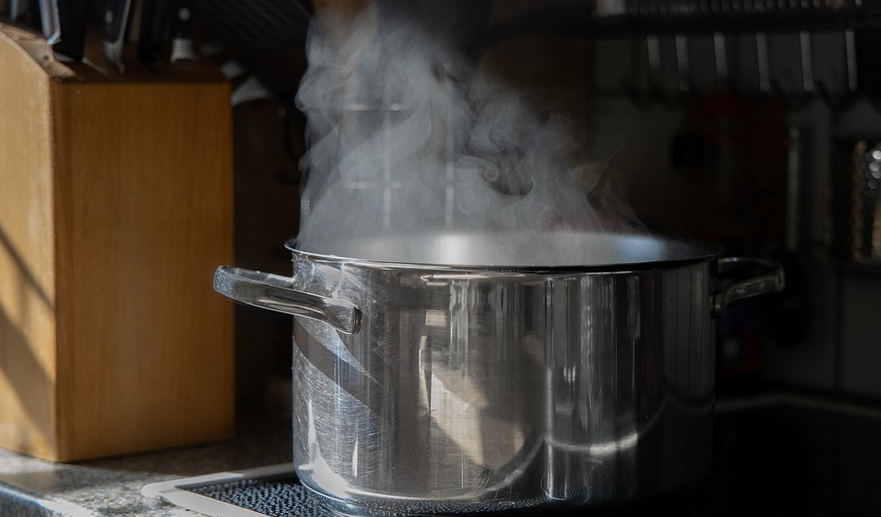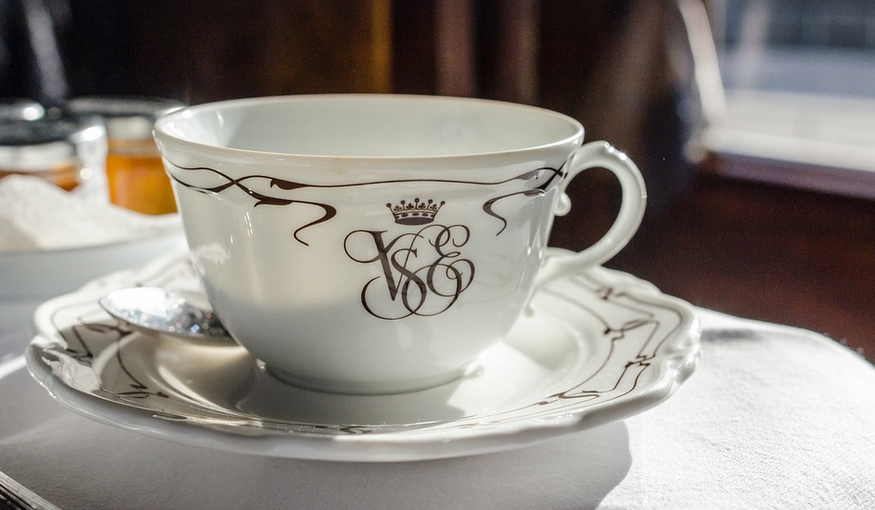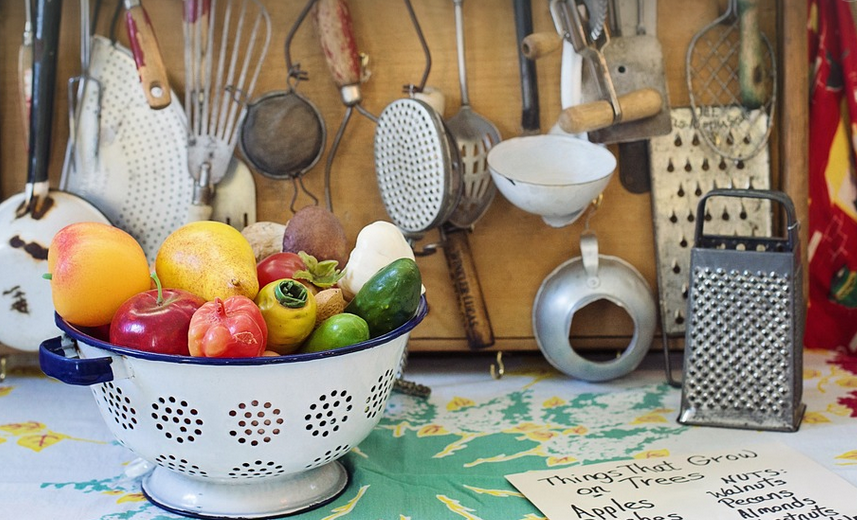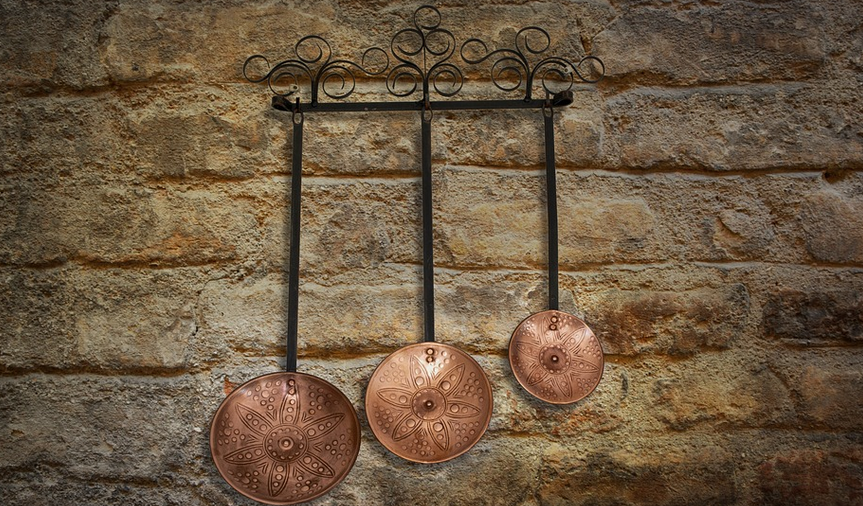Bringing The Outdoors In: A Beginner's Guide To Attaching Moss To Your Aquarium

Transforming Your Tank into a Living Oasis
Ever dreamt of your aquarium becoming a lush, verdant wonderland? Imagine colorful algae swaying gently in the current, vibrant mosses forming natural carpets, and tiny fishes flitting amongst the plant life. Well, with a little know-how and some patience, you can create that very dream within your aquarium!
Why Add Moss to Your Tank?
Adding moss to your aquarium isn’t just about aesthetics; it brings in a host of benefits. Moss acts as an excellent natural filter, improving water clarity and removing harmful pollutants. Plus, its presence adds depth and complexity to the tank ecosystem, creating more inviting habitats for your fish.
Imagine: your little guppy swimming through a bustling underwater forest teeming with life! From the whimsical charm of an emerald-green carpet to the delicate beauty of a cascading moss wall, these additions offer visual appeal and enhance the natural feel of your aquatic home.
Gathering Your Supplies for Mossy Success
Before we dive into the step-by-step process, let’s gather the essential tools you’ll need:
* **Aquarium moss:** There’s a wide variety of mosses available – from classic green varieties like Java Moss to more exotic options. Choose your favorite and find one known for its resilience in aquarium environments. * **Sharp scissors or utility knife:** For precise trimming of the moss stems, these tools will be your best friend. * **Aquarium tweezers (optional):** These can come in handy for handling delicate moss strands. * **Heavy-duty glue:** Look for a strong adhesive specifically designed for aquarium use. It should be easy to apply and won’t leave behind any harmful residues. You might prefer a marine sealant if you want something long lasting but still safe for your fish.
Choosing the Right Location
Knowing where to place your moss is crucial for its successful integration into your aquarium. Here are some key considerations:
* **Lighting:** Moss thrives in areas with good lighting, so choose a location that receives adequate sunlight or artificial light. If you’re thinking about placing moss on a hardscape rock or driftwood structure, make sure to position it for optimal exposure. * **Water flow:** It would be best to place your mosses in an area where the current from the filter doesn’t directly hit them. Otherwise, they might get damaged by constant water agitation.
Attaching Moss: Step-by-Step Guide
Here’s how you can add moss effectively to your aquarium:
* **Prepare Your Substrate:** Before you start adding the moss, make sure your substrate is properly cleaned and dry. This helps the moss adhere better and prevents any unwanted fungal growth. * **Cut Your Moss:** Trim your moss pieces into smaller sizes. You can use a sharp pair of scissors or tweezers to create these manageable pieces for easier attachment. * **Start Attaching:** Begin by placing your first piece or section on the substrate. Gently press down, ensuring it’s securely anchored to the substrate before adding more.
Maintaining Your Mossy Oasis
Once you’ve successfully attached your moss, let it take a few days to adjust and fully settle in. Here’s how to keep your mossy oasis looking its best:
* **Regular Water Changes:** Maintain good water quality by performing regular water changes (about 20-30% weekly). This removes any accumulated debris from the moss. * **Gentle Cleaning:** Avoid disturbing the moss too much, but with a soft brush or a clean cloth, you can gently remove algae buildup and maintain its optimal health. * **Monitor Condition:** Over time, your moss may need trimming to prevent it from becoming overcrowded.
Embrace the Mossy Adventure!
Adding moss to your aquarium is a rewarding process that brings an element of nature indoors. It’s about creating a safe and healthy home for your fish while adding visual delight to your aquatic wonderland.


